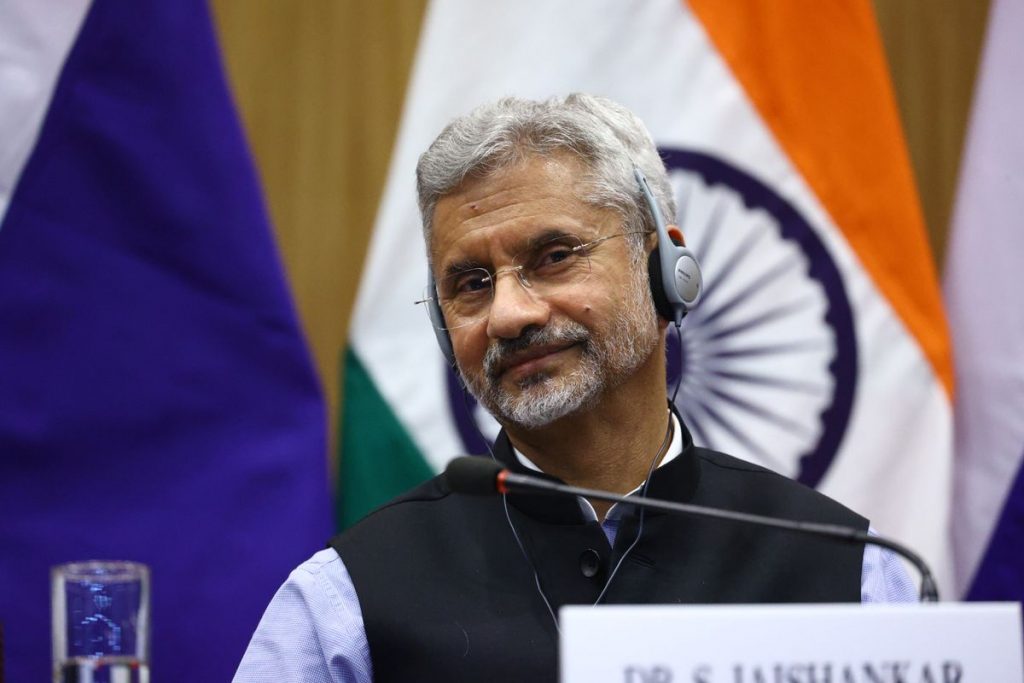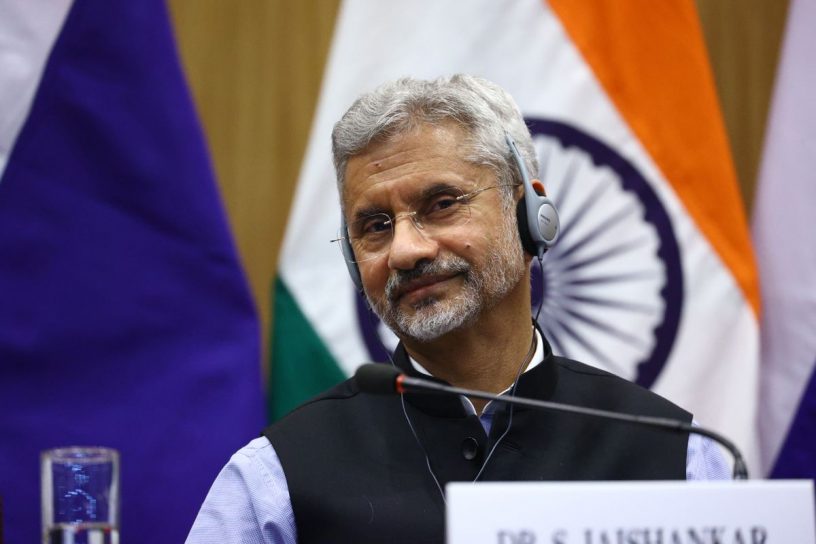
The paper argues that management of India’s external relations is no longer informed or conducted simply by a select group of diplomats, high-ranking political leaders, and other specialist foreign policy advisers in New Delhi.
Authors:
Purnendra Jain, Emeritus Professor, Department of Asian Studies, University of Adelaide, Australia.
Tridivesh Singh Maini, Assistant Professor-Diplomatic Practice, Jindal School of International Affairs, O.P. Jindal Global University, Sonipat, Haryana, India.
Summary:
Subnational diplomacy has come to life in India. Although still nowhere near in the same league as their counterparts in North America, Europe, parts of Asia, and even other developing countries, subnational governments (SNGs) in India are increasingly engaged abroad through involvement in regional and global affairs, questioning the central government on international matters, seeking foreign direct investment, organizing trade fairs and investment summits, leading economic missions, and hosting visiting dignitaries to showcase their jurisdiction’s economic potential.
These new and emerging actors on India’s foreign affairs landscape are pluralizing and decentralizing India’s foreign policy, albeit in a limited way and on small scale, as all states and territories are not as yet actively involved in foreign affairs.
The paper argues that management of India’s external relations is no longer informed or conducted simply by a select group of diplomats, high-ranking political leaders, and other specialist foreign policy advisers in New Delhi. Today subnational actors are becoming an essential component in India’s foreign affairs.
They are joining the huge traffic of SNGs from countries around the world that are linking with counterparts and others across national borders to serve the interests of local constituencies. It is a trend that is changing not only diplomatic roles, but also the nature of economic and political relationships among government actors worldwide.
Published in: Japanese Journal of Political Science
To read the full article, please click here


